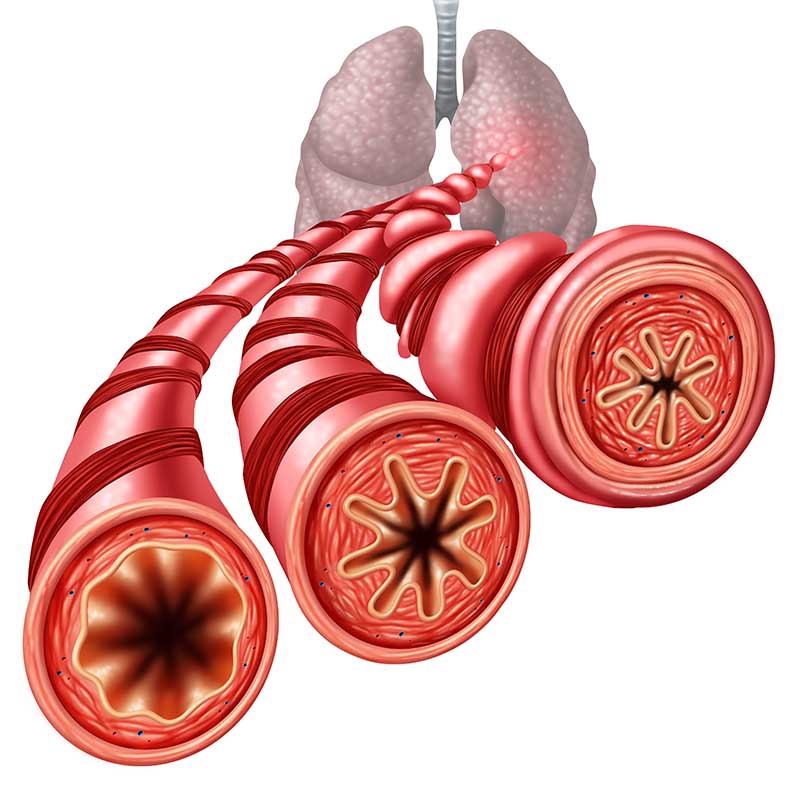Introduction
The incidence of obesity and type-2 diabetes mellitus (T2DM) is increasing currently. Studies in past have demonstrated that both T2DM and obesity are associated with various comorbidities and premature death.
Aim
-
To observe the 5-year prevalence and incidence of cardiovascular, microvascular and other comorbidities and mortality in obese American adults with T2DM.
-
To compare the prevalence of death and comorbidity across obesity categories in the study population.
Patient Profile
-
Obese adults (Body mass index [BMI] ≥30 kg/m2) with T2DM (n=15970)
-
The study participants were classified as per their obesity class as: class 1 (30-<35 kg/m2), class 2 (35-<40 kg/m2) and class 3 (≥40 kg/m2)
Methods
Study Design
-
Retrospective study
Outcomes
-
Mortality
-
Composite cardiovascular outcome (CCO)
-
Composite microvascular outcome (CMO)
-
Other complications
Results
-
A total of 15970 patients were included in this study with the following stratification as per obesity class [Class 1 (n=7513), Class 2 (n=4635), Class 3 (n=3822)]
-
The average age of the study population was 62.4 years, and 51% of the study population comprised of females.
-
The 5-year mortality rate was 11%, the mortality was significantly highest in individuals with obesity class 3, vs. class 2 and 1 (Fig. 1).
-
The 5-year prevalence of CCO was 15.3%, the same was significantly highest in individuals with class 3 obesity (Fig. 1).
-
The 5-year prevalence of CMO was 60.7%, the same was significantly highest in individuals with class 3 obesity (Fig. 1).
Fig. 1: The 5-year outcomes as per the obesity class
All differences between class 3 and class 2/ class 1 were significant
-
Adults with obesity class 3 had a higher incidence of neuropathy vs. those with obesity class 1 and 2, and a higher incidence of nephropathy vs. obesity class 1 (Table 1).
-
Incidence of obstructive sleep apnea (OSA), and atherosclerotic vascular disease (ASCVD) increased significantly with the increasing class of obesity (Table 1).
-
The incidences of atrial fibrillation, liver cirrhosis and NASH/NAFLD were significantly higher in adults with obesity class 3 vs. obesity class 1 or 2 (Table 1)
Table 1: Incidence of various individual outcomes as per the obesity class
|
Outcome |
Obesity Class |
||
|
Class 1 (95% CI) |
Class 2 (95% CI) |
Class 3 (95% CI) |
|
|
Neuropathy |
34.7 (33.7–35.8) |
36.3 (34.9–37.7) |
45.2 (43.6–46.8) |
|
Nephropathy |
29.2 (28.2–30.2) |
29.7 (28.4–31.1) |
32.3 (30.8–33.8) |
|
OSA |
19.4 (18.5–20.3) |
31.2 (29.9–32.5) |
47.2 (45.7–48.8) |
|
ASCVD |
77.1 (76.1–78.0) |
81.5 (80.4–82.6) |
85.5 (84.3–86.6) |
|
Atrial Fibrillation |
7.7 (7.1–8.3) |
8.7 (7.9–9.5) |
12.7 (11.7–13.8) |
|
Liver Cirrhosis |
20.2 (19.3–21.1) |
21.9 (20.7–23.1) |
28.7 (27.3–30.2) |
|
NASH/NAFLD |
17.0 (16.2–17.9) |
20.5 (19.3–21.6) |
23.2 (21.8–24.5) |
All differences between class 3 and class 2/ class 1 were significant
Conclusions
-
Amongst obese adults with T2DM, obesity class 3 was associated with significantly higher mortality and morbidity, including CCO, CMO, ASCVD and OSA.
-
Initiating treatment to reduce obesity among these adults with T2DM may have significant health benefits.
Diabetes Ther. 2023;14:709–721.








